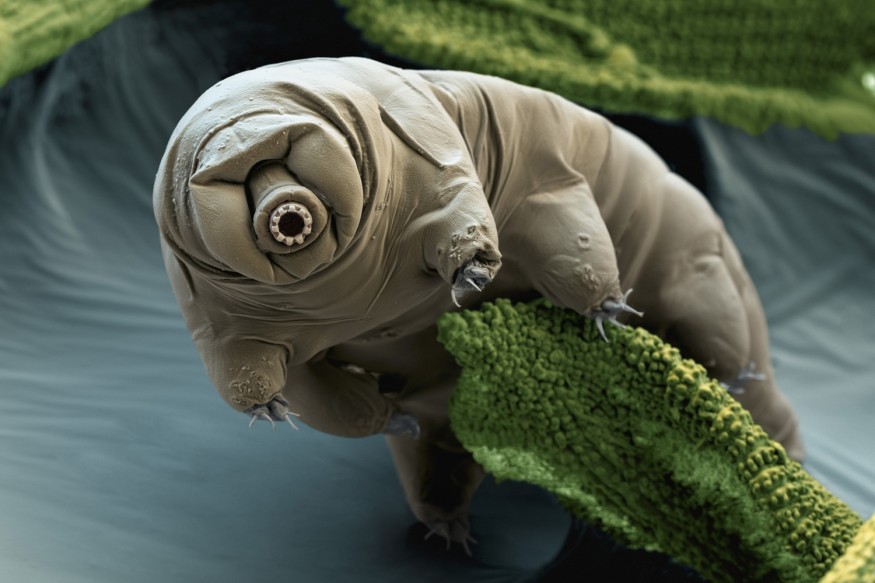Referred to as 'water bears,' some species of tardigrades, tiny marine creatures, can survive in unique environments that are considered deadly to other beings.
For the first time, the researchers revealed the tardigrade's ability that explains how these moss piglets can survive intense drought without dying.
They studied the proteins that compose a gel during cellular dehydration. The gel hardens to defend and support the cells from mechanical anxiety that would otherwise extinguish them.
Those proteins have been demonstrated to work in insect cells and display limited functionality in cultured human cells.
Tardigrades can grow less than half a millimeter in length and look like dust mites, and the maximum height for the eight-legged animal is 1.5 millimeters, enough to be visible to the naked eye.
Despite their microscopic size, Tardigrades receive too much attention for themselves because of their living capabilities that they can survive in different environmental conditions.
Decoding these organisms' secrets can be applied to humans to make them more resilient to intense temperatures and dehydration, but this is just the current science fiction. Even further, the scientists were fascinated by tardigrades to know the means responsible for their strongness and other advantages.
Water's Importance in Tardigrades
Associate Professor Takekazu Kunieda from the Tokyo University's Department of Biological Science, said that water is an essential element in all life we know, and the same with the tardigrades; they still need water even after decades. He added that their cells face anxiety during the process of dehydration.
He added that as the moisture leaves the cell, a type of protein helps the cell maintain the physical energy to prevent it from collapsing on itself. They figured out that this kind of protein is a cytoplasmic-abundant heat soluble (CAHS) protein that is unique to tardigrades, which is the sole responsible for their cell protection against bodily drought.
The latest study about CAHS proteins shows that they can feel when the cell encapsulating them becomes arid and when they will start to act. These protein forms are gel-like filaments as they patch out. These shaped grids support the form of the cell as it decreases the amount of its water. The system is flexible, so as the tardigrade cells retain water, the filament reduces at a pace that doesn't cause excessive pressure on the cell. Interestingly, the CAHS protein showed similar activity even when isolated from tardigrade cells.
Akihiro Tanaka, the lead author and lab graduate, said they tried to visualize how the CAHS proteins act in insect and human cells with some interesting challenges. He added that to see hypotheses, they needed to stain them, so they showed up under the microscopes. Moreover, the common staining method needs solutions containing water, which confuses any experiment where the water concentration is an element to control, so they turned to a methanol-based solution to help them out.

How the Tardigrades Study Will be Beneficial
Further research on the mechanism related to the dry conservation of the organisms may have future applications. Professor Kuneida and the other researchers hope the discovery may help them locate new ways to enhance cell-material preservation and biomolecules in arid conditions. It also includes the material shelf life utilized for research, medications with short expiry dates, or organs needed for transplants.
Professor Kuneida and his team were fascinated by the tardigrades' abilities. The intense range of surroundings for some species can lead to exploring never-before-seen structures and mechanisms, he said, and he considered it a gold mine as a biologist.
He even remembered how an email from his co-author, Tomomi Nakano, left him astonished at seeing clear and defined microscopic images of the CAHS filament networks in the human cells. He also mentioned that they are just beginning the research and have seen many positive results. They were also planning to filter 300 more kinds of protein, which could play a significant role in preserving the life ability of the mini water bears.
In early July, these animals took another spotlight as study showed that they could thrive in space due to their remarkable adaptability in their current environment, like moist chunks of moss.
Check out more news and information on Tardigrades in Science Times.












